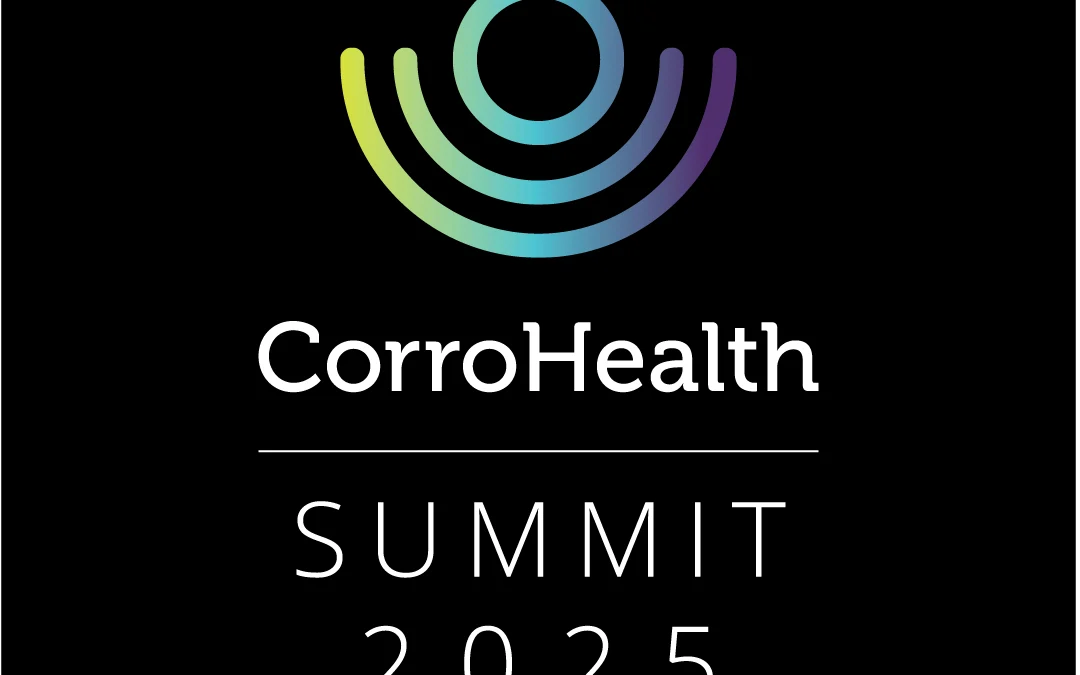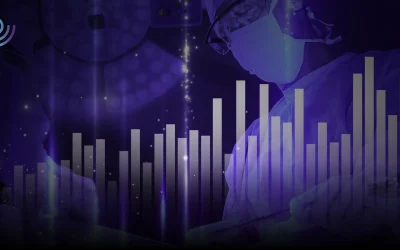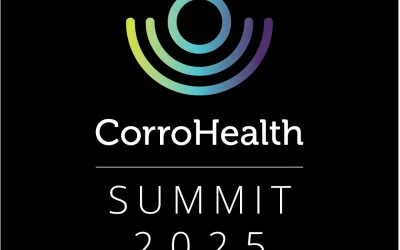The Game-Changing Impact of AI on Administration and Revenue
AI in healthcare is a game-changer. The US spends 34% of healthcare expenses on administrative costs [4]. AI solutions are expected to save the industry $150 billion by 2026 [5]. Newer AI models such as Large Language Models (LLM) and Machine Learning (ML) have already improved coding productivity, efficiency, and accuracy, lessening the administrative burden on providers.
With today’s rapid technological advancements, PULSE by CorroHealth is a remarkable example of AI’s powerful technological capabilities. PULSE is CorroHealth’s next-generation, AI-driven medical coding automation platform that employs LLMs, ML, (and algorithmic logic to simplify the coding process, making it nearly touchless. Health systems using PULSE have seen a four to seven times increase in productivity, allowing more charts to be coded in a day than is humanly possible. Furthermore, PULSE has acquired a thorough understanding of the 95,000+ codes in use, the hospital’s payer contracts, and industry regulations. This knowledge base enables PULSE to apply the codes accurately, achieving up to a 97 percent accuracy rate, which is above the national benchmark. The system also addresses coding complexity with modules such as Injections and Infusions and Evaluation and Management.
PULSE has already positively impacted a major U.S. health system struggling with complex emergency medical coding challenges. Their old system was inefficient, leaving the staff with a heavy workload, and causing a revenue decline. After implementing PULSE, the health system’s coding accuracy rate increased from 85.5% to an impressive 98% for emergency procedures. Since its implementation in 2020, the health system has experienced a significant improvement in revenue. The net revenue per patient increased by an extraordinary $30.25, a growth of 23%. As a result, the health system has claimed $504 million in new revenue.
This magic was realized thanks to the health system’s deep collaboration with CorroHealth, forging a partnership based on trust and shared goals. The synergy with PULSE led to transformative results, improving the health system’s operations, and setting them on a path toward improved financial integrity and resilience for an excellent future, marking a new era in revenue integrity.
Read the full case study→
















